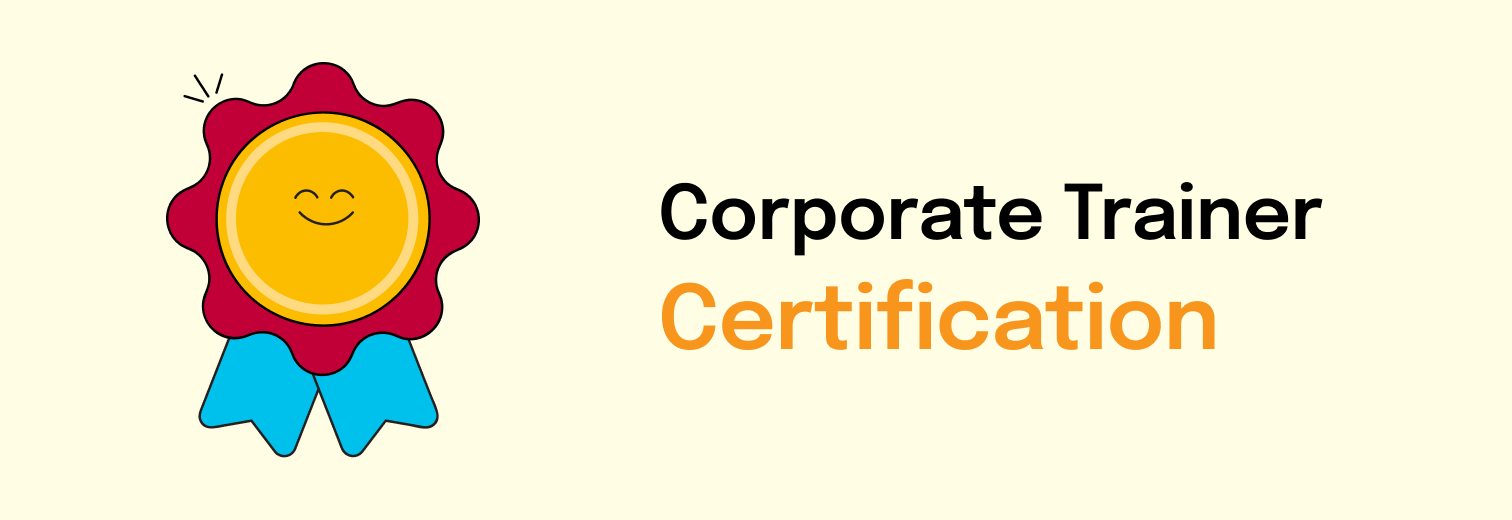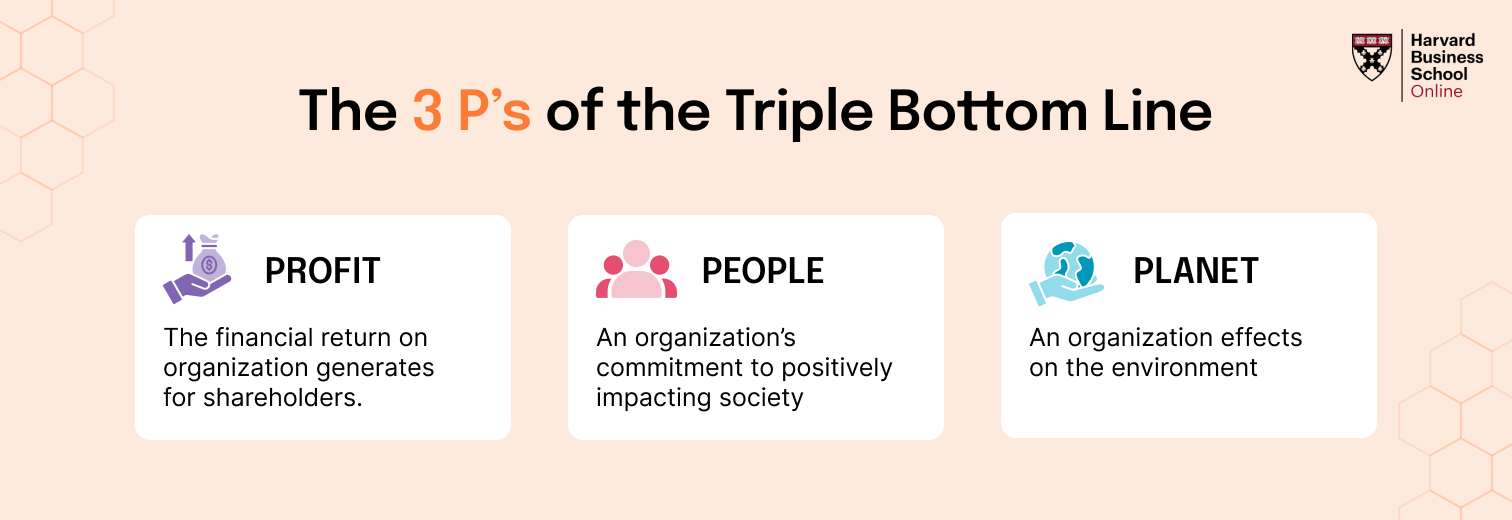Let me begin with a confession.
Over the years, I have worked with all kinds of people. The energetic go-getters, the quiet introverts, the cheerleaders, the highly structured perfectionists, and yes, even the ones who were considered “difficult.”
Early in my career, I used to dread difficult employees. I would tiptoe around them, hope they changed, or wait for HR to step in. But as I grew as a professional and a team leader, I learned something valuable. Often, what we perceive as difficult behavior is a surface-level reaction to something deeper. And more often than not, it is also a reflection of a system that lacks clarity, empathy, or meaningful communication.
So, if you are navigating a tricky situation with a team member, know this: you are not alone. And yes, there are ways to move forward constructively.
Let me share five grounded, human-centered approaches that I have found useful in dealing with difficult employees while still nurturing a healthy team culture.
1. Start With Understanding, Not Judgment
Table of Contents
This might sound like advice from a soft-skills playbook, but it is powerful. Before labeling someone as difficult, I ask myself a few honest questions.
- What might be going on in their world that I do not know?
- Have I been clear in my expectations?
- Are there recurring patterns, or is this behavior new?
Once, I had a team member who constantly missed deadlines and resisted feedback. My instinct was to confront. But instead, I invited them for coffee and simply asked, “How are you doing?” What followed was a conversation about burnout, family pressure, and fear of failing in a new role. That moment shifted our dynamic from confrontation to collaboration.
A good first step is to simply listen. Not to fix or argue. Just listen. This alone can change the energy in the room.
Also Read: How to Improve Employee Mental Health
2. Clarify Expectations in Writing
Misunderstandings often arise not from defiance, but from unclear or shifting expectations. One of the most productive habits I have developed is putting expectations in writing.
This is not about micromanaging. It is about clarity. When you define what success looks like in measurable, behavioral terms, it removes ambiguity. It also gives employees something to anchor their effort to.
For instance, rather than saying, “Be more collaborative,” I would write, “Attend weekly team huddles, share progress openly, and offer feedback to at least one peer per project.” That simple shift helps difficult employees know what is expected of them and gives you a reference point for future conversations.
You can use tools like role scorecards or a “Ways of Working” agreement to build shared understanding.
Explore: Giving Feedback
3. Address the Behavior, Not the Person
This one took me a while to learn. When someone exhibits problematic behavior, our frustration can make us generalize. “You always resist change.” “You are too negative.” “You are not a team player.”
Statements like these tend to escalate rather than resolve conflict.
So instead, I now try to separate the behavior from the individual. I use specific, observable examples.
For instance:
- Instead of “You are careless,” I say, “In last week’s report, three sections had missing data. Can we talk about what happened?”
- Instead of “You never contribute in meetings,” I say, “In the last two brainstorming sessions, I noticed you were quiet. I want to understand what is holding you back.”
This way, we focus on improvement, not blame. And we give the other person space to reflect without feeling personally attacked.
FocusU’s Conflict Management Program provides structured frameworks to navigate such challenging conversations in a productive way.
4. Offer Support, Then Set Boundaries
I believe every employee deserves a fair chance to turn things around. But I also believe that sustained poor behavior has consequences.
That is why I try to strike a balance between support and accountability.
Support looks like coaching, mentoring, shadowing a peer, or breaking tasks into smaller steps. It could also mean connecting someone with mental health resources or adjusting workloads temporarily.
Once support is offered, boundaries must follow. I am very clear about what is non-negotiable. If deadlines are missed repeatedly despite help, I document it. If behavior disrupts team morale, I escalate it after due process.
The idea is to be human, not permissive. Compassion and accountability go hand in hand.
Also Read: Having Tough Conversations
5. Focus on Cultural Fit as Much as Skills
Sometimes, difficult behavior is not about performance or mindset. It is about a cultural mismatch. A highly independent contributor might struggle in a highly collaborative team. A risk-taker might feel stifled in a process-driven environment.
When I sense this kind of friction, I explore two paths:
- Can the person adapt through coaching and exposure?
- If not, is there a role or team within the organization where their strengths are better suited?
It is not about labeling someone as the problem. It is about placing people where they are most likely to thrive.
If you are hiring or reassigning, make culture conversations part of the process. Not just job fit, but team fit.
One tool I find effective is FocusU’s Building Trust in Teams offering. It helps reset team dynamics and enables deeper cohesion, especially after conflict.
A Word on Leaders Who Enable Change
Here is something that often gets overlooked. Sometimes, difficult employees remain difficult because we enable them. We allow exceptions. We delay hard conversations. We reward results even when the methods are toxic.
I have been guilty of that too. But every time I chose the harder path of confronting behavior with kindness and firmness, the team got stronger. And so did I.
As leaders and facilitators, we model what is acceptable. The way we handle one difficult employee can send a signal to the rest of the team.
So if you are navigating one right now, I want to leave you with this:
- Choose courage over avoidance.
- Choose clarity over assumption.
- Choose respect over reaction.
Final Thoughts: The Takeaway
The workplace will always have personalities that clash, communication gaps that fester, and stress that brings out the worst in people. But it also has room for transformation.
Dealing with difficult employees is not just an HR task. It is a leadership moment. It is a chance to build trust, model maturity, and strengthen culture.
Let us move from frustration to curiosity. From blame to clarity. From managing people to enabling them.
In doing so, we might just turn our biggest challenges into our greatest teachers.










